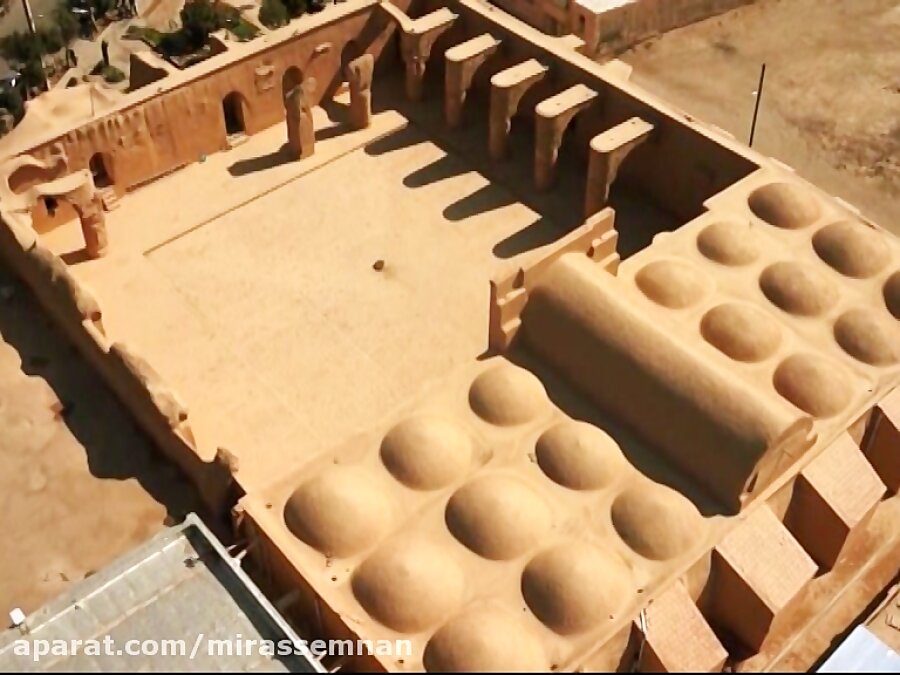INSUBCONTINENT EXCLUSIVE:
TEHRAN-- On Sunday, Tarikhaneh, one of the earliest standing mosques in Iran, marked the 100th anniversary of its registration on the
nationwide list of cultural heritage in an event held at the ancient place of worship in Damghan.The event was attended by a host of
regional individuals, including tourist authorities, spiritual scholars, history buffs, architects, and cultural heritage
enthusiasts.Speakers tuned the spotlight on the lively history of the mosque while checking out ways to step up efforts for its conservation
as an exceptional Islamic structure.Moreover, the event examined the latest preparations for the mosques possible addition in the cultural
heritage list of the Islamic Educational, Scientific, and Cultural Organization (ICESCO)
The mosque, which was formerly a fire temple from the Sassanid era (224-- 651), got a put on the list of cultural heritage in January 1931
According to some sources, including ArchNet, a collaborative digital humanities task concentrating on Islamic architecture, the Tarikhaneh
is the earliest mosque still in operation in the nation.The monolith, also called Tarik Khana, combines Sassanian structure methods with a
straightforward Arab style
A game lines the main yard, a single bay deep on all but the qibla side where it increases to three bays.The main aisle on the qibla game is
broader and taller than the others, a kind that presciently suggests the later ubiquitous huge axis of Persian architecture.The games,
remembering Sassanian precedents, are formed of fired brick arches, elliptical and in some cases a little pointed, and enormous circular
brick piers.Standing together at a distance from the mosque are the remains of a square minaret of unsure date, perhaps part of the original
building duration, and a round minaret from the Seljuk period (1060-1307)
The latter is noticeably divided into six zones of ornamentation
Each is rendered in brick with a various geometric pattern.The prayer hall of a mosque is where the rich and poor, popular and regular
people all stand and bow together in the exact same rows
Females may participate in the prayers, but they should occupy a separate area or chamber in the mosque
No statues, routine things, or images are utilized in mosques
The only decors permitted are inscriptions of Quranic verses and the names of Prophet Muhammad (PBUH) and his companions.The ancient city of
Damghan was the winter capital of the Parthian kings
Situated about 350 kilometers northeast of Tehran, Damghan was when a thriving city on the Silk Road that linked China to West Asia and
Europe.Narratives say that Damghan was when called the city by one hundred gates
Later, throughout the reign of the Sassanids, the Umayyad, Abbasid, Taherid, Samanid, Sarbedaran, and Deylamite dynasties, Damghan had a
considerable position for the emirs and governors.AFM

